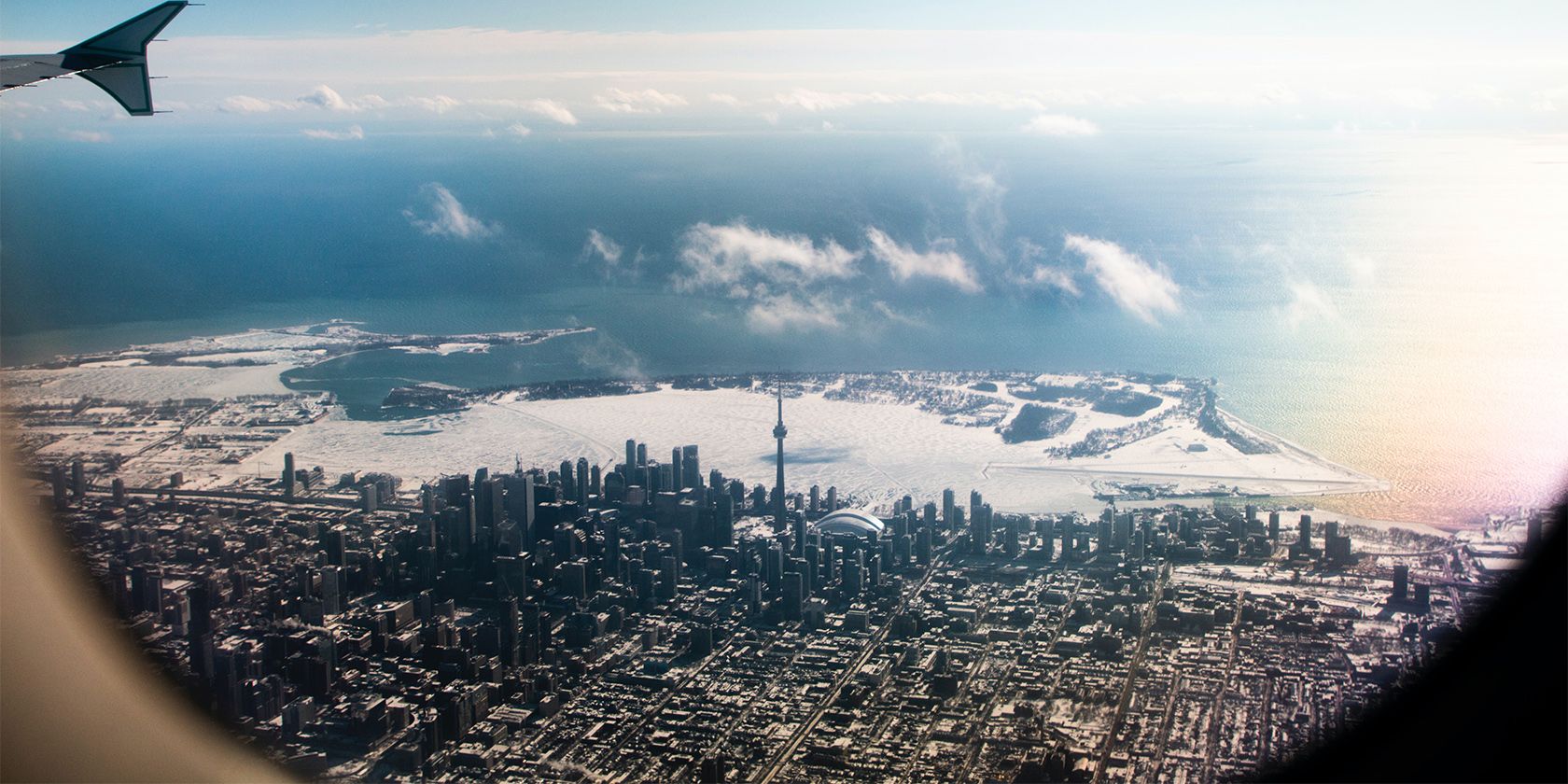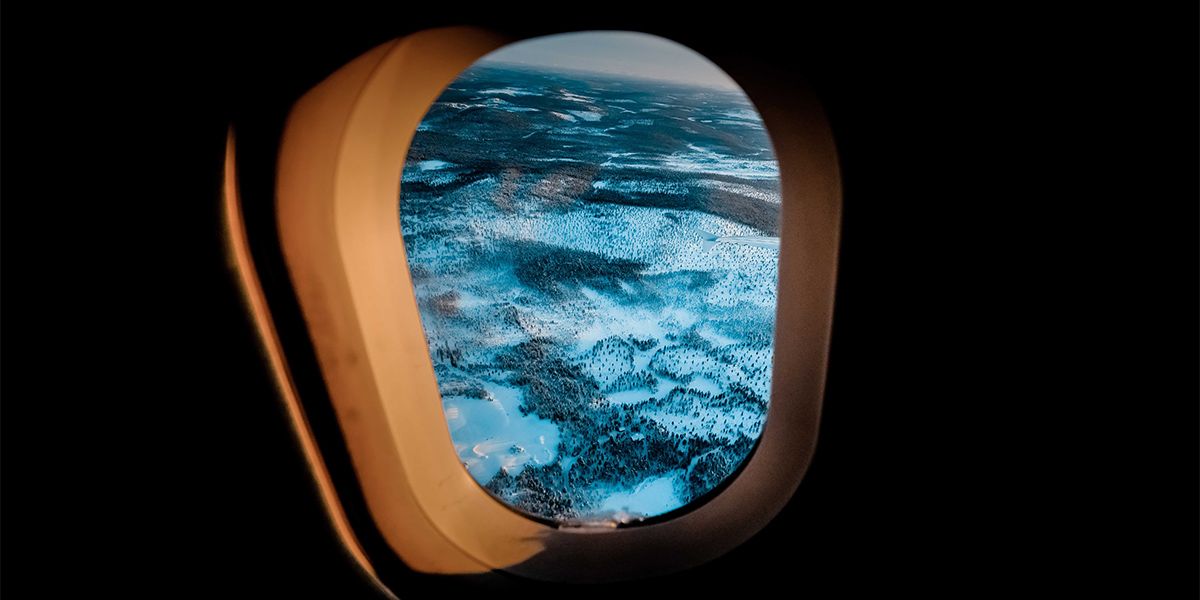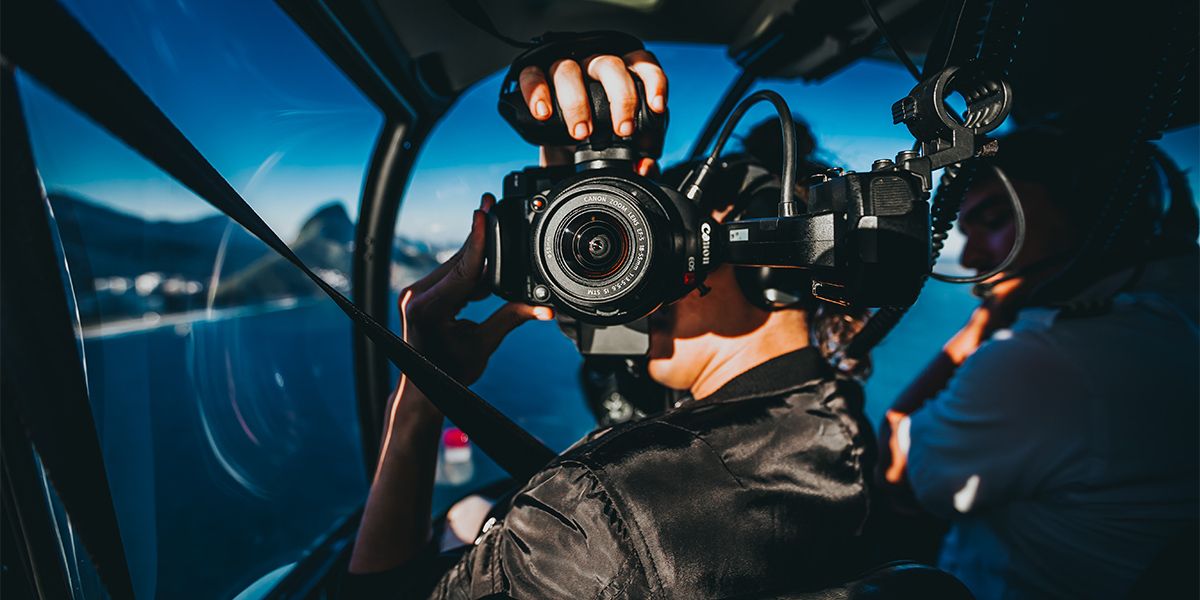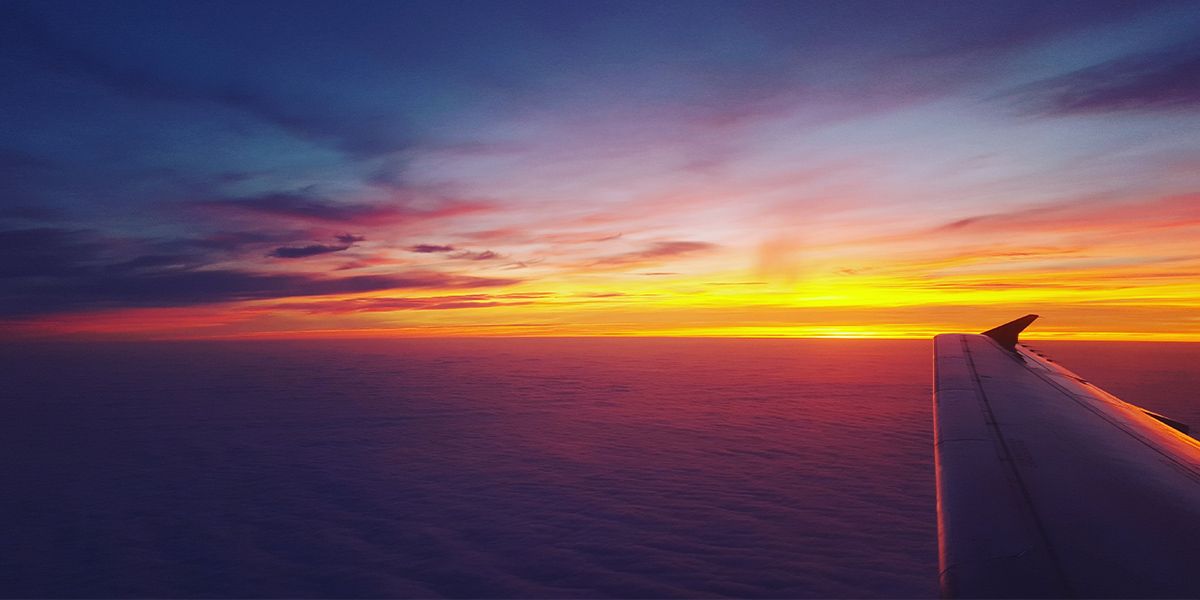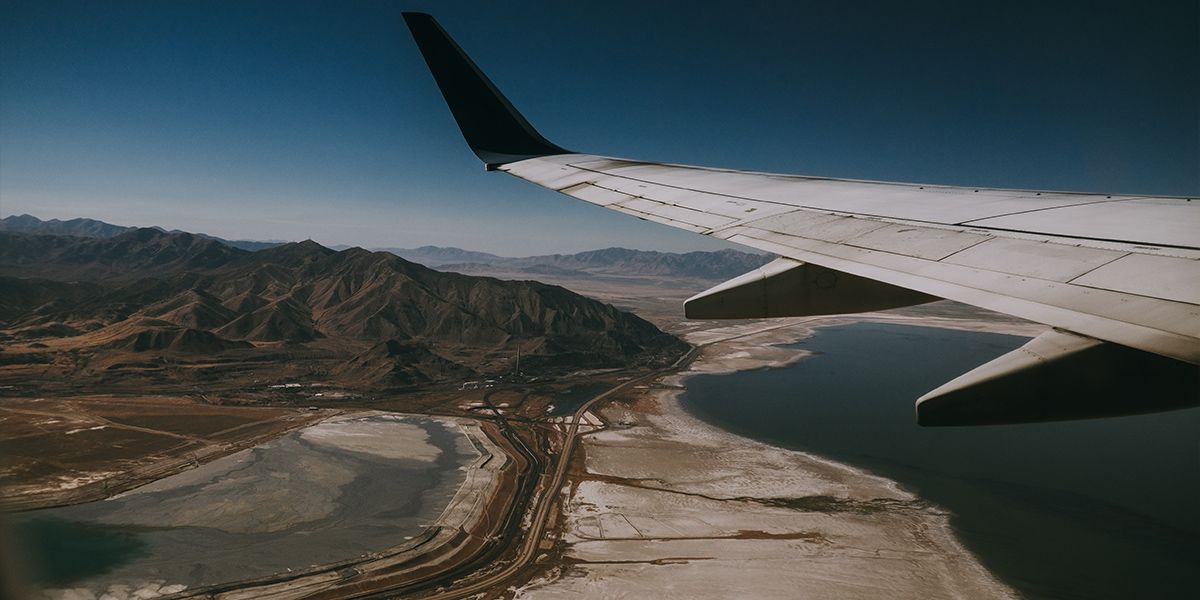If you’re a photographer, you won't want to miss any chance to capture breathtaking compositions. And this includes taking pictures out of an airplane window when traveling. The truth is, you never know what to expect when taking pictures while flying.
You may encounter a stunning sunrise, an unexpected thunderstorm followed by rainbows, or the plane might circle around a spectacular cloud. And the subjects get even more numerous if you point your camera toward the ground.
If you want to learn how to prepare for your next photo shoot during the flight, check out the tips listed below.
1. Choose the Best Seat
Let’s start with the basics: get a window seat. If you’re traveling with family and friends, you can always switch seats to take a few shots. But if you’re next to a stranger, you might not be that lucky.
However, not any window seat will give you the best chances to take beautiful shots. Ideally, your seat should be four or five rows in front of the wings. That way, you don’t end up with any unwanted obstacles in your compositions.
If there are no more available seats in front of the wings, don’t pick a seat that’s right behind them. Most airplanes have engines mounted below the wings, so you’ll have to avoid capturing the engine’s heat waves.
If you sit in the back rows, the airplane’s rear stabilizer might get into your shot. So, the compromise is to select a seat that's four or five rows behind the plane's wings.
2. Adjust Your Camera Settings
Now that you've got the best seat available, let's take a look at your camera settings, so you can get the best results while shooting through the airplane's window.
- Manual focus. Your camera might have trouble shooting through the glass on autofocus. This is why you should select manual focus and lock it on the main focal point.
- Shutter speed. Because of the plane’s speed, you’ll have to keep up with a fast shutter. You can reduce the shutter speed if there’s low light or motion blur. This is one of the settings that you'll have to experiment with to avoid the most common shutter speed mistakes that ruin your photos.
- Aperture. You can start with a fast aperture, so you’ll get faster shutter speeds for your photos. But depending on how dirty or scratched the window is, you’ll have to adjust it. A low aperture will minimize the window’s smudges and fingerprints due to its shallow depth of field.
- ISO. When taking photos out of a plane’s window, you should use ISO’s lowest settings. However, you could increase ISO to protect your shutter speed. Then, you don’t end up with blurred pictures because of the plane’s movement and vibrations.
No matter which camera settings you choose, keep your camera from resting against the window. The engine’s vibrations and possible turbulence will make steady shooting challenging, especially if you plan on taking long-exposure pictures.
3. Select the Right Lens
You’ll have to compromise between long-focus and wide-angle lenses. If you go with an increased focal length, you might struggle to capture landscapes. Also, a wider focal length will capture more of the airplane wing and window frame.
The compromise between these two might be a 50 mm lens. There are more reasons why every photographer should own a 50 mm lens, so it's a versatile addition to your toolbox regardless.
4. Don’t Use Flash
Flash is useless when shooting out of an airplane window, as it has no effect beyond 15 to 25 feet. Moreover, it will produce reflections against the window and possibly bother the other passengers.
5. Study the Route
Before boarding the plane, take a look at the route. You can use Google Maps to get an idea about your route or a flight-tracking site or app.
If you know the route, you can decide which side of the airplane will offer your more beautiful views. But if you go on a two-way trip on the same route, you can stick to the same side—so you’ll get the full view.
6. Fly During the Day
As you might know, light plays a crucial role in photography, so there’s not much you can do if you’re traveling during the night. Even if you plan on taking long-exposure images at high ISO settings, the plane isn’t stable enough to get clear images.
Additionally, the internal lights, such as overhead lights, TVs, or seat belt signs, will affect your composition as the window will reflect them back toward your camera.
When flying during the day, you should avoid having the sun in your face as you’ll have a hard time trying to avoid the window glare. Also, if your window is full of scratches, it will amplify the glare, so you can put the camera back in your backpack.
If you fly early in the morning or late during the day, it will be the best occasion to take sunrise or sunset photos. Also, don’t forget about the warm light of the golden hour.
7. Be Prepared
When traveling by plane, the landscape or weather conditions might quickly change, so you better be prepared to take a photo. Also, after taking off and before landing, the plane will bank to get on its route. For example, if you’re on the plane’s right side and the plane banks toward the right, you’ll get better angles to take your photos.
If you don’t want to miss any chance, clean the window before take-off. Any smudge, finger, or forehead print might ruin your photos. Don’t forget that condensation and ice could form between the window’s panes at high altitudes, so you should take pictures early in the flight.
Take Beautiful Photos While Flying
There are just a few tips that should help your prepare for your next trip if you plan to take photos out of the airplane window. The truth is, you’ll have to experiment a lot with your camera settings until you get the best result. Before your next flight, learn about basic camera settings so you don’t miss an opportunity once your plane takes off.

